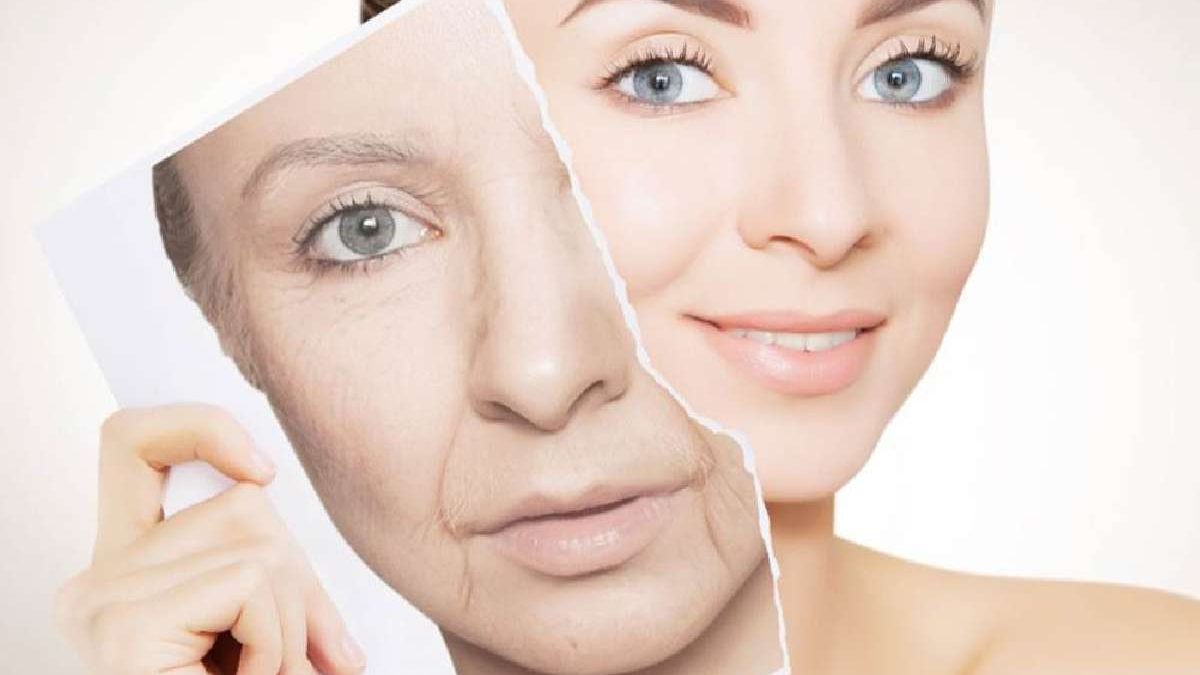About Connection Between Wound Healing & Anti-Aging
When our body ages, our skin is often one of the first areas to show its effects. The older we grow, the less structural natural proteins we create, and the molecules that are essential in keeping our cellular functioning running at optimal efficiency slowly get compromised. This natural aging is brought about through a steady decline in collagen production, elastin fibre degradation, and a slowdown in cellular repair and renewal, which leaves the skin more susceptible to damage and discoloration. Much of what the skin used to do with great ease, like its ability to retain moisture or effectively heal up wounds and damage, diminishes, resulting in dryness, loss of elasticity, and an impact on the overall health of the skin.
These internal changes lead to the all-too visible signs of wrinkling, sagging, rougher skin texture, enlarged pores, and hyperpigmentation. Similarly, these modifications are also driven by environmental factors and lifestyle choices that do not do any favors to the process. Excessive exposure to ultraviolet (UV) radiation or pollution, smoking, or poor nutrition all contribute to accelerated aging and weakened skin functioning. These external elements bring about oxidative stress and encourage the formation of free radicals, which are unstable molecules that actively damage the skin cells and hinder their ability to effectively repair itself.
Wound healing is when various cellular and molecular mechanisms work together to restore tissue integrity after damage or an injury to the body is sustained. As mentioned before, the aging process will naturally interfere with all sorts of functions within the skin and body, and this remains true with the body’s own ability to heal itself. Consequences of this are delayed recovery times, an increased risk of reinfection, and impaired tissue regeneration. Understanding these changes is necessary when aiming to develop targeted interventions to combat this and instead improve the condition of the skin’s health.
Wound healing is noted to go through four stages that overlap each other. The first is hemostasis, which occurs immediately after an injury is received, blood vessels start to constrict, and clotting mechanisms are activated to stop the bleeding. Reduced blood flow from aging delays the initial wound closure as it slows down clot formation. Then, white blood cells are dispatched to the wound site to fight off infection and destroy all the foreign bacteria and dead cells in a stage known as inflammation, which is also characterised by redness, heat, and swelling. With less efficient mechanisms at play, this phase can be delayed from a decreased immune response, and the risk of infection increased.
Proliferation follows next, and new tissue is formed as fibroblasts are given instructions to produce collagen and endothelial cells that support the growth and development of new connective tissues. A new barrier between the exposed wound and the external environment is formed in order to seal off the wound as the skin is patched up and restored. The final stage of remodelling involves the maturation and strengthening of new tissue that work to fortify the skin and minimise scarring. However, with aging comes a compromised system, where newly regenerated tissue can remain weaker for longer periods and scar formation does not quite recover fully, which produces hypertrophic scarring that is raised and thick instead of smooth and even.
Several cellular and molecular changes contribute to the decline in wound healing efficiency with age, like cellular senescence, where cells no longer divide or function optimally, and can begin to secrete ineffectual pro-inflammatory cytokines that disrupt the healing process. Increased oxidative stress in aged tissues also impacts cellular elements, including DNA, proteins and lipids, causing chronic inflammation and contributing to the loss of collagen and elastin.
To counter these concerns, stem cells have been studied extensively and identified as a highly potent and valuable solution. According to Professor Phan Toan Thang of the National University of Singapore’s Department of Surgery, early signs of aging can be reversed if the cells are not too severely damaged, and applying stem cell proteins to aged skin can slow down or even prevent further deterioration. Stem cells have the ability to generate specialised cells that perform a diverse range of roles, most notably to enhance wound healing and skin cell renewal. By producing these cellular signals to communicate with the body’s own skin cells, the stem cells are able to initiate cellular action that reduces inflammation and activate cell migration to damaged areas to reinforce support for the development of the skin’s structural layers. These processes help to minimize sensitivity and discomfort to the skin while improving its density and resilience.
A highly effective and abundant source of stem cell extract, such as the innovative ingredient created by the skincare and haircare brand, CALECIM® Professional’s stem cell skincare and haircare products, includes proteins like growth factors, fibronectin, exosomes and cytokines, stem cell components that all actively work to improve skin health and amplify repair functions within the skin. The patented ingredient, called PTT-6®, serves as a cell signalling system whose purpose is to trigger more youthful behaviour in the tissues. Clinical studies involving application of serums and creams featuring this ingredient have demonstrated a 600% average improvement in the skin thickness of patients, 42% more skin cell growth within seven days, and complete skin restoration in less than two days. These results reinforce how stem cell skincare helps reduce the signs of aging.
The relationship between wound healing and aging is such that as the body gets older, the efficiency of wound healing is negatively impacted because of the natural slowdown in cellular function caused by prolonged recovery times and increased susceptibility to infections. Utilizing the advantages of stem cell products can improve this situation drastically, due to their success in fighting back against the ageing process. These instruments of regeneration not only optimises wound healing, but also contributes to overall skin rejuvenation and resilience, effectively combating the effects of aging.

